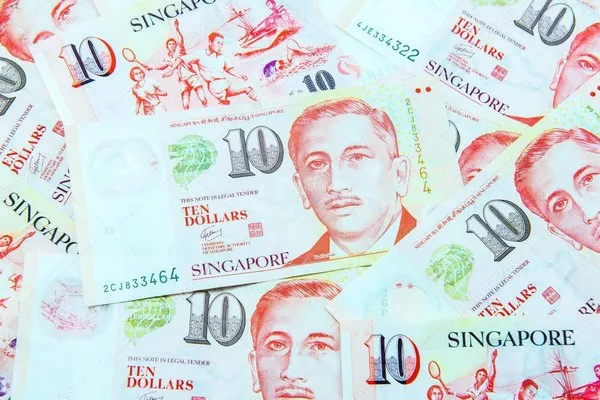In the dynamic world of finance and currency, the value of money often transcends its face value. This is especially true for high-denomination banknotes such as the Singapore $1000 note. Understanding the current worth of such a note involves more than just looking at its face value; it requires a comprehensive examination of several factors, including currency depreciation, collector interest, and market trends. This article delves into these aspects to provide a detailed understanding of the present value of a Singapore $1000 note.
Historical Context of the Singapore $1000 Note
The Evolution of Singapore’s Currency
The Singapore $1000 note has a rich history, reflecting the evolution of the nation’s currency. Introduced in 1967 as part of the first series of Singapore’s banknotes issued by the Monetary Authority of Singapore (MAS), the note has undergone several design changes over the decades. These changes have mirrored Singapore’s economic growth and its increasing prominence as a global financial hub.
Key Design Features
The original design of the Singapore $1000 note featured a portrait of Singapore’s founding father, Sir Stamford Raffles, along with intricate depictions of significant national symbols. Over time, subsequent series incorporated updated security features and design elements that enhanced the note’s visual appeal and resistance to counterfeiting.
Factors Influencing the Value of the Singapore $1000 Note
Face Value vs. Market Value
While the face value of a Singapore $1000 note remains constant at $1000, its market value can fluctuate significantly based on various factors. Market value is influenced by supply and demand dynamics, collector interest, and broader economic conditions.
Currency Depreciation and Inflation
Currency depreciation and inflation are critical factors affecting the real purchasing power of banknotes. The Singapore $1000 note, while still holding its face value, may have different purchasing power compared to its issuance period. This depreciation reflects changes in the cost of goods and services over time.
Collectibility and Rarity
The value of the Singapore $1000 note is also significantly affected by its collectibility. Rare and limited edition notes often command higher prices in the collectors’ market. Factors such as serial numbers, condition of the note, and historical significance can drive up the note’s market value.
Current Market Value of the Singapore $1000 Note
Recent Trends in Currency Collectibles
Recent trends indicate a growing interest in high-denomination banknotes among collectors. The Singapore $1000 note, with its historical and cultural significance, has seen increasing demand in the collectibles market. Auction results and collector sales data suggest that well-preserved or rare variants of the note can fetch prices well above its face value.
See Also: Whose Signature on Singapore Notes?
Comparative Analysis with Other High-Denomination Notes
When compared to other high-denomination banknotes globally, the Singapore $1000 note holds a relatively stable value. However, its market value is influenced by specific regional factors and collector sentiment. Comparing it with notes from other countries can provide additional insights into its relative worth.
Impact of Economic Conditions on Banknote Value
Inflation and Economic Stability
Economic stability and inflation rates play a crucial role in determining the value of banknotes. In times of high inflation, the purchasing power of banknotes decreases, but the value of collectible notes might rise due to their rarity and demand. Conversely, in a stable economic environment, the value of such notes remains more predictable.
Global Financial Market Dynamics
Global financial market conditions also impact the value of banknotes. Economic uncertainties and financial crises can drive investors towards tangible assets like collectible banknotes. Conversely, stable financial conditions may result in more predictable and lower fluctuations in banknote values.
The Role of Banknote Grading and Preservation
Importance of Note Condition
The condition of a banknote is crucial in determining its value. Professional grading systems assess factors such as creases, folds, and overall wear and tear. High-grade notes in pristine condition typically command higher prices in the market.
Preservation Techniques
Proper preservation techniques can enhance the longevity and value of banknotes. Techniques include using acid-free holders, avoiding exposure to light and moisture, and handling notes with care. Investors and collectors should adhere to these practices to maintain the value of their banknote holdings.
Conclusion
The current value of a Singapore $1000 note extends beyond its face value, reflecting a complex interplay of economic factors, collector interest, and market dynamics. While the face value remains constant, the market value can vary significantly based on the note’s rarity, condition, and broader economic conditions. For collectors and investors, understanding these factors is essential for making informed decisions about the worth and potential of the Singapore $1000 note in today’s financial landscape.
Related Topics:
- What is the Singapore Basic Dollar?
- Should I Pay in USD or SGD?
- What is the 3-Letter Code for Singapore Dollar?


